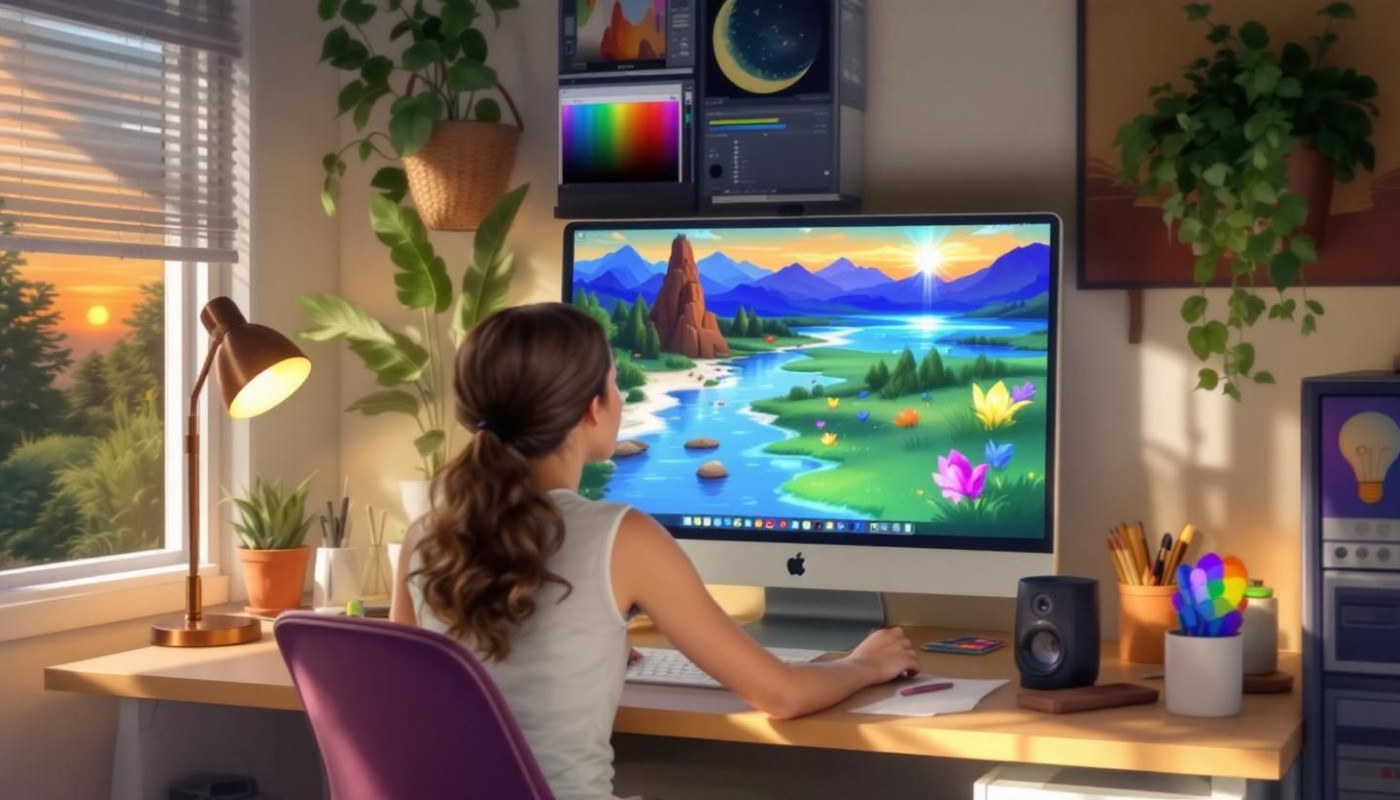Table of contents
Photo editing has experienced a revolution with the rise of artificial intelligence, making formerly complex tasks accessible to everyone. Amateur photographers can now enhance, correct, and transform their images in ways that were once reserved for professionals with years of experience. Uncover how AI-driven tools are reshaping the way novices approach editing, and why this technological leap is quickly becoming a must-have in every photographer's toolkit.
AI simplifies complex editing tasks
Artificial intelligence has revolutionized photo editing by automating processes that once demanded advanced skills and significant effort. Through the power of computer vision, AI-driven tools can instantly recognize objects or backgrounds in images, making tasks like background removal and object identification accessible to amateur photographers. Automation allows users to achieve precise adjustments—including color correction, exposure balancing, and blemish removal—with only a few clicks. This technology streamlines image enhancement, freeing beginners from the need to master complicated software or techniques. As artificial intelligence continues to evolve, even those with limited technical knowledge can efficiently edit their photos, producing professional-looking results through intuitive interfaces. These advancements enable amateur photographers to focus on creativity, rather than technical challenges, dramatically changing the landscape of digital photo editing.
Personalized editing suggestions
Artificial intelligence now empowers beginner photographers with personalized editing features that rival professional results. By harnessing machine learning, creative AI algorithms can analyze each image for content, lighting conditions, and the user’s preferred style. This analysis enables the system to generate smart recommendations tailored to each photo—ranging from color correction and exposure adjustments to creative filters that suit specific artistic goals. Personalized editing ensures that users with little or no technical background can enhance their photos with confidence, streamlining their creative workflow. Since these systems continually learn from vast photo datasets, the quality and relevance of photo enhancement suggestions only improve, making the editing experience intuitive and efficient for everyone. As a result, smart recommendations bridge the gap between amateur effort and professional quality, revolutionizing how people approach photography.
Time-saving batch processing
AI-driven batch editing has revolutionized how amateur photography enthusiasts manage photo collections. With innovative automated workflow tools, users can apply a uniform set of edits—such as exposure, color correction, and sharpness adjustments—across hundreds or even thousands of images at once. This time saving method streamlines the editing process, eliminating the need to repeat the same adjustments on each individual photo, which is often daunting for non-professionals. According to Dr. Emily Rogers, a recognized authority in digital photo workflow optimization, automated workflow technology is particularly advantageous for maintaining consistency in style and quality throughout large photo collections. This ensures that even amateur photographers can achieve a polished, professional look in their work without spending countless hours on manual edits, making photography more accessible and rewarding for all skill levels.
Intuitive interfaces for easy use
AI-powered photo editing applications are revolutionizing the creative process for beginner photographers by prioritizing intuitive interface design. As explained by an experienced user interface designer specializing in photo editing, a user-friendly approach is essential for lowering barriers to easy photo editing. Well-designed AI tools provide guided workflows, clear icons, and real-time visual feedback, making sophisticated image enhancements accessible to users with limited technical background. This focus on user experience (UX) ensures tasks like adjusting exposure, removing blemishes, or applying artistic effects become straightforward, eliminating the need for in-depth tutorials or manual adjustments. Solutions such as Photo Enhancer exemplify how a thoughtfully crafted interface enables seamless use of advanced features, allowing beginners to achieve professional-quality results with minimal effort.
Enabling creative experimentation
Artificial intelligence has revolutionized creative experimentation for amateur photographers by making advanced photo effects and artistic styles accessible and safe to explore. Leveraging AI creativity, users can now apply a vast range of filters, textures, and enhancements to their images, all while utilizing non-destructive editing techniques. This means changes can be previewed instantly, and every adjustment remains reversible, so experimentation never risks ruining an original photo. Instant preview functionality allows photographers to see various transformations in real time, empowering them to push their creative boundaries confidently. With these tools, even beginners can discover unique visual expressions and develop their artistic voice, as esteemed creative technologists have integrated sophisticated AI-driven design tools into user-friendly platforms. This new approach to editing fosters a supportive environment for innovation, enabling amateur photographers to grow their skills without fear of making irreversible mistakes.
Similar articles









